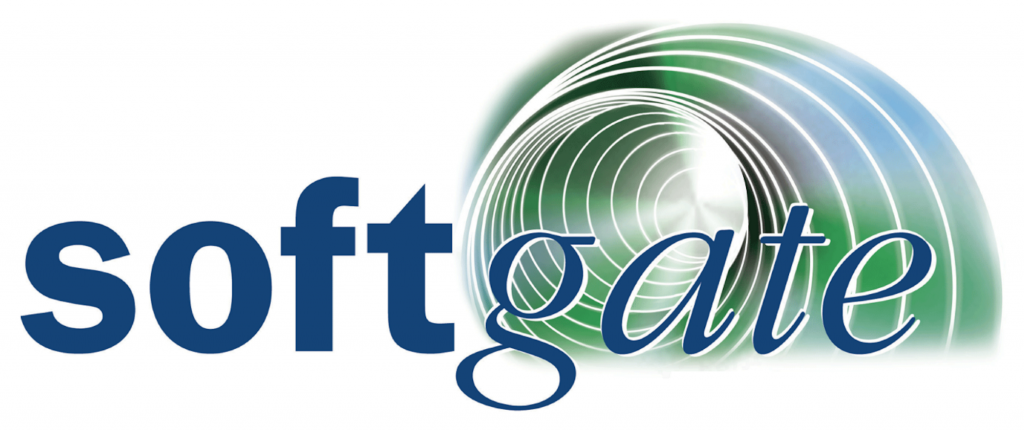We developed a comprehensive threat and risk analysis for an integration platform deployed within the operating room. Utilizing the STRIDE model, we systematically identified cybersecurity risks and subsequently derived pertinent measures to address the identified vulnerabilities

Use case:
Creating a threat and risk analysis
Medizinische Domäne
Endoscopic surgery
Technologien:
• Threat Modeling (STRIDE)
Project description
Benefits:
- Development in accordance to the STRIDE approach
- We take care of the Threat and Risk Management
Contact us:
It’s our pleasure to help and advice you if you have any questions regarding our solutions and digifital transformation

